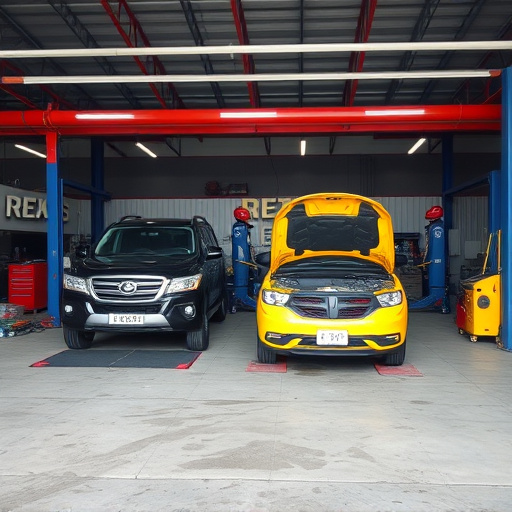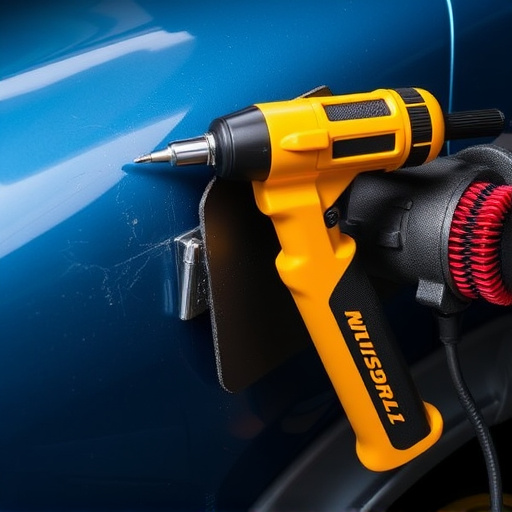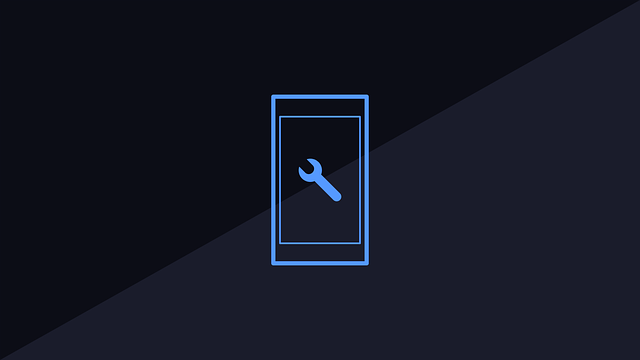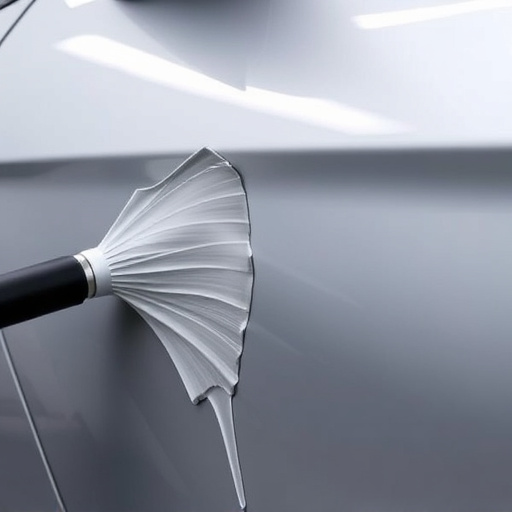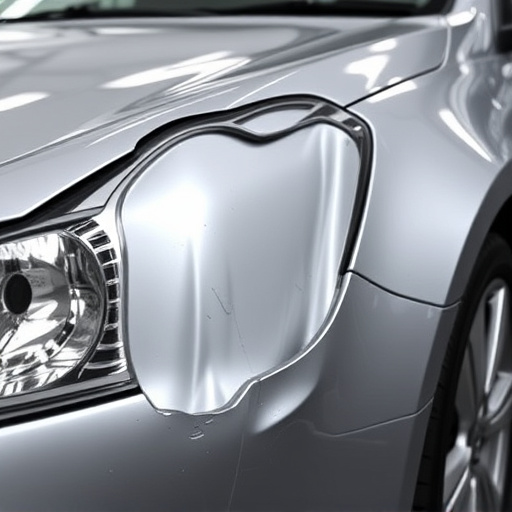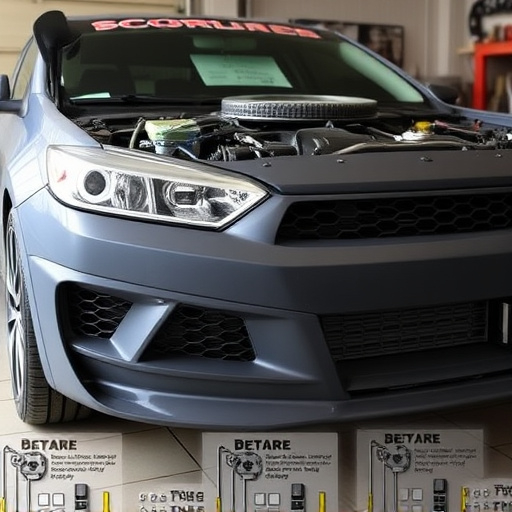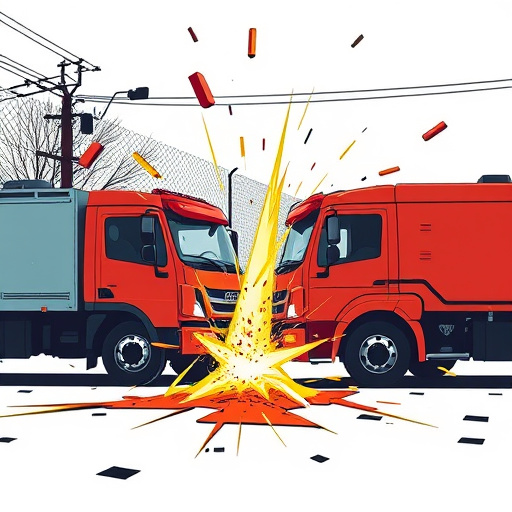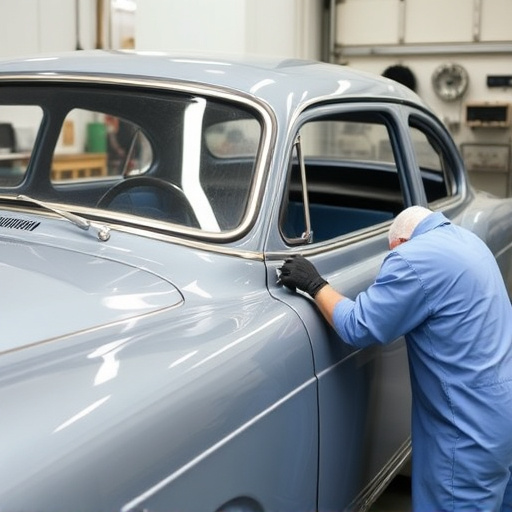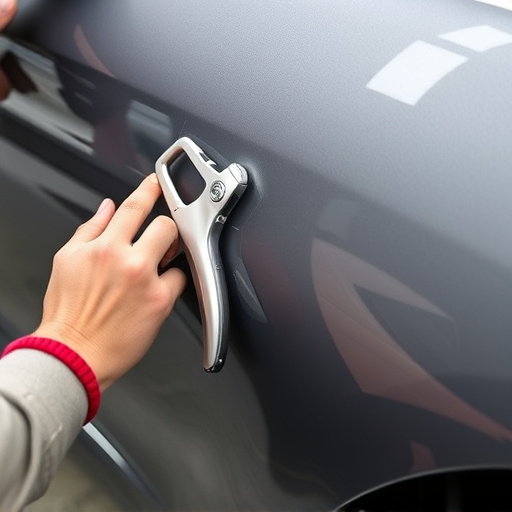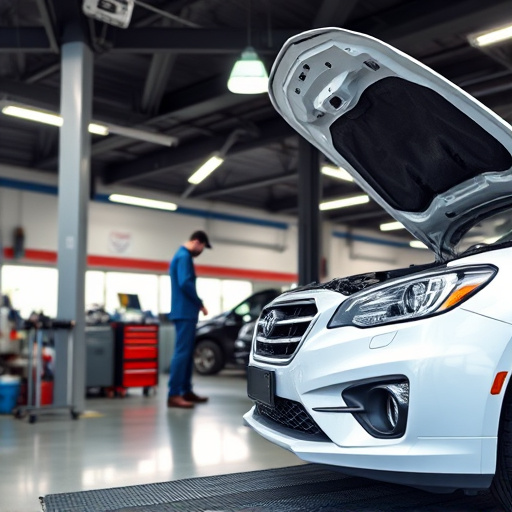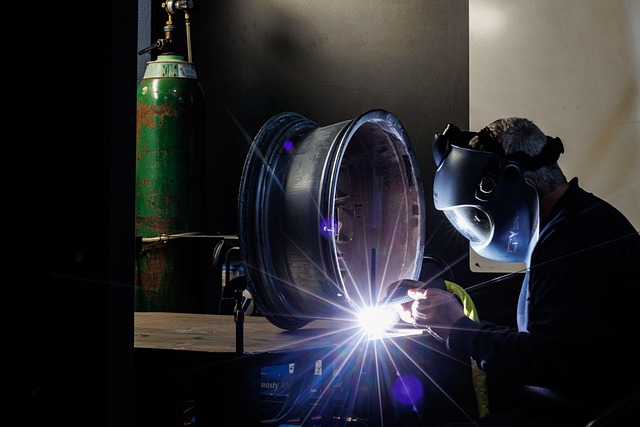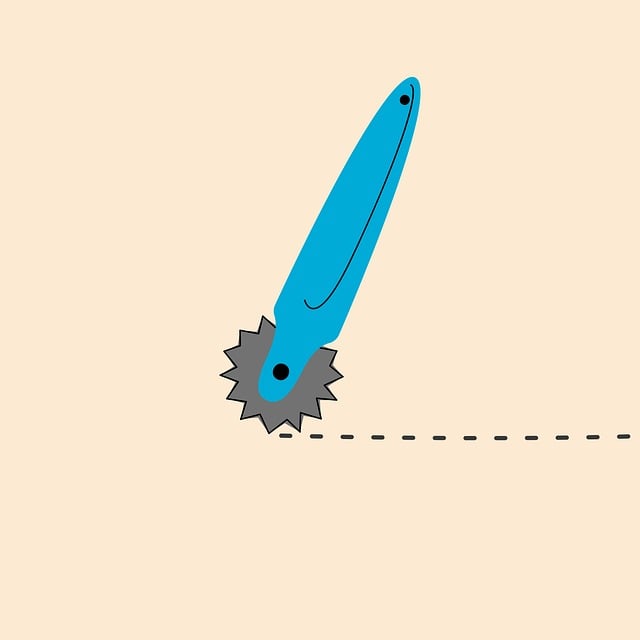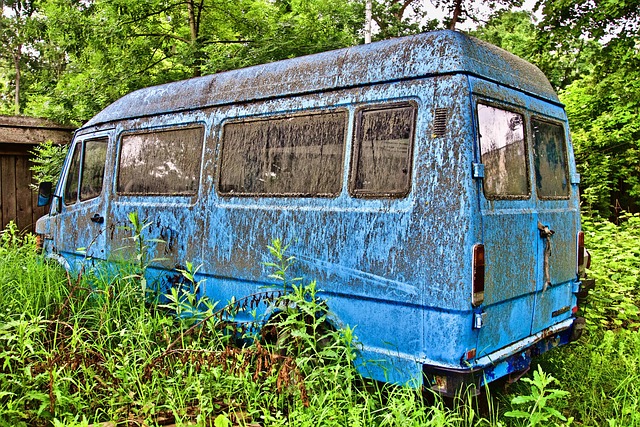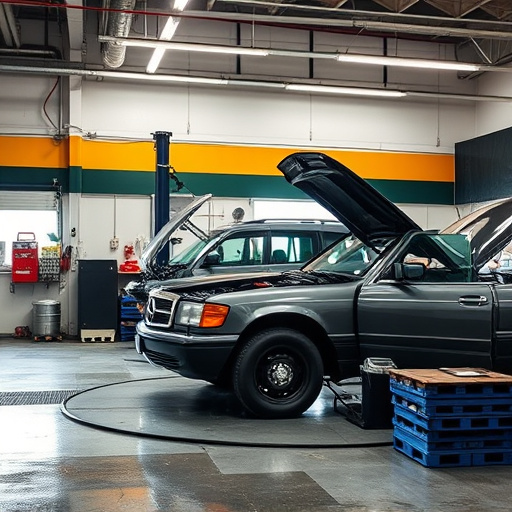Driveshaft collision repair for rear-wheel drive vehicles, like Mercedes-Benz models, requires experienced technicians to promptly assess and fix damaged driveshafts, differentials, and related components after accidents. This involves careful disassembly, inspection for cracks or deformities, replacement of needed parts, precise realignment, correct torque during reassembly, and auto glass replacement to maintain safety and performance standards. Regular tire services and maintenance can prevent driveshaft issues, reducing the need for extensive body repairs.
In the realm of automotive maintenance, driveshaft collision repair is a specialized skill crucial for ensuring rear-wheel drive vehicles return to peak performance. This article delves into the intricacies of driveshaft basics, exploring how these components power wheels and transmit torque. We uncover common causes of damage, from accidents to mechanical failures. Additionally, a step-by-step guide provides an in-depth look at effective collision repair techniques, empowering professionals to restore vehicles to their pre-collision condition.
- Understanding Driveshaft Basics in Rear-Wheel Drive Vehicles
- Common Causes of Driveshaft Damage and Collisions
- Step-by-Step Guide to Effective Collision Repair Techniques
Understanding Driveshaft Basics in Rear-Wheel Drive Vehicles
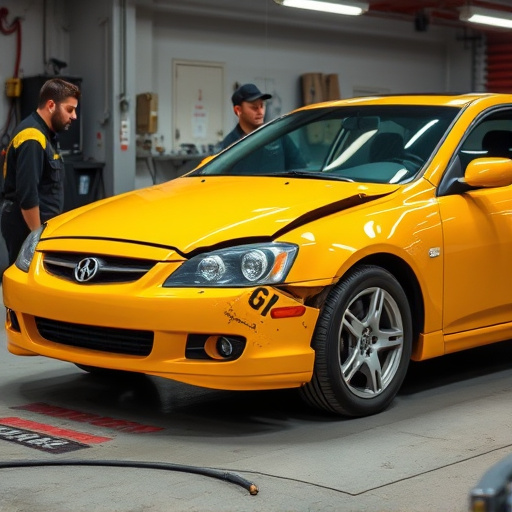
In rear-wheel drive (RWD) vehicles, the driveshaft plays a vital role in transmitting power from the engine to the wheels. Comprised of a rotating shaft and components that ensure smooth and efficient power transfer, it’s a critical component that must be understood when considering driveshaft collision repair. A driveshaft is designed to withstand significant force and stress, but like any part, it can suffer damage in a collision, leading to issues like bending, fracturing, or misalignment. Recognizing the intricacies of this mechanical system is essential for accurate diagnosis and effective repairs, especially in high-performance vehicles such as Mercedes-Benz models that demand precision engineering and meticulous care during collision repair processes.
When a RWD vehicle experiences a collision, prompt evaluation by experienced technicians is crucial. They must meticulously inspect the driveshaft for signs of damage, considering both structural integrity and functional efficiency. Proper driveshaft collision repair involves not just replacing damaged parts but also realigning components to ensure optimal performance post-repair. This meticulous approach is particularly important in vehicles that require intricate vehicle paint repair alongside mechanical fixes, as it ensures a seamless blend between cosmetic enhancement (like at a collision repair center) and foundational structural repairs, ultimately guaranteeing the vehicle’s safety and reliability on the road.
Common Causes of Driveshaft Damage and Collisions
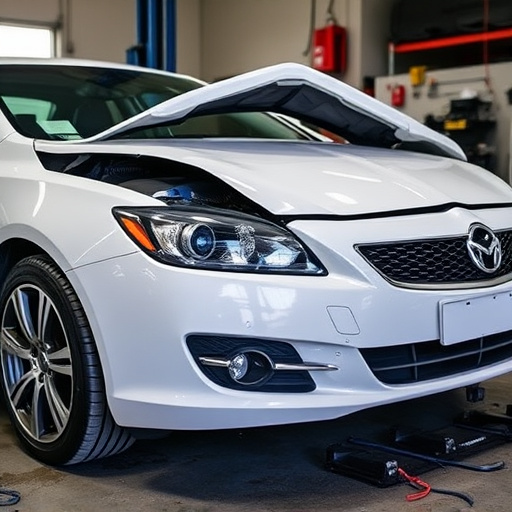
Driveshaft collision repair is a specialized service often required for rear-wheel drive vehicles. Understanding common causes of driveshaft damage and collisions can help drivers maintain their vehicles more effectively. One of the primary reasons for driveshaft issues is accidents, especially rear-end collisions where the force can be transmitted through the drivetrain, causing significant damage to the shaft, u-joints, and other components.
Another frequent cause is neglect and poor maintenance practices, such as ignoring unusual noises or vibrations that could indicate wear and tear. Over time, constant exposure to road debris, extreme temperatures, and corrosive elements can weaken the driveshaft, making it more susceptible to failure. Regular tire services and automotive restoration are crucial for identifying and addressing these issues early on, preventing more severe auto body repairs down the line.
Step-by-Step Guide to Effective Collision Repair Techniques
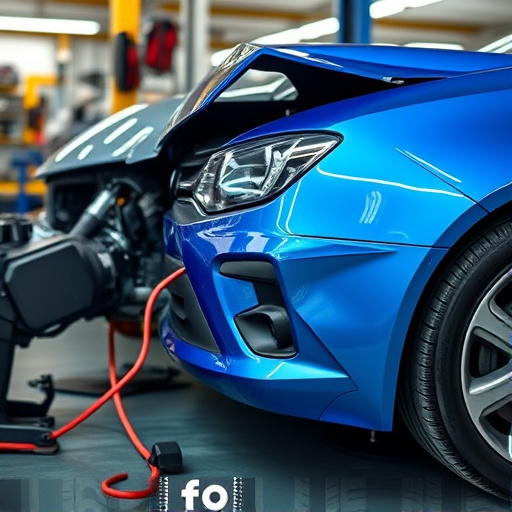
When undertaking driveshaft collision repair for rear-wheel drive vehicles, a systematic approach is crucial to ensure structural integrity and optimal performance. Begin by thoroughly inspecting the vehicle, identifying damaged components, and assessing their condition. For rear-wheel drives, special attention must be paid to the drivetrain, including the driveshaft, differentials, and related parts. This initial step involves using diagnostic tools and visual inspection to pinpoint exact damage.
Next, disassemble affected areas carefully, separating components like the driveshaft from the transmission and differential. With these parts accessible, assess for cracks, deformations, or other signs of wear that may require replacement. Once identified, source high-quality spares compatible with your vehicle model. Subsequently, employ specialized techniques to repair or replace damaged sections, ensuring precision alignment and proper torque specifications during reassembly. This meticulous process extends to related components like auto glass replacement, ensuring all repairs meet automotive repair standards for safety and performance.
Driveshaft collision repair is a specialized skill crucial for ensuring the safety and performance of rear-wheel drive vehicles. By understanding the basics of driveshafts, identifying common causes of damage, and adopting effective collision repair techniques, mechanics can efficiently navigate this intricate process. These steps not only restore structural integrity but also guarantee optimal vehicle functionality, enhancing the overall driving experience. Driveshaft collision repair, when executed properly, becomes a testament to the mastery of automotive restoration, keeping these vehicles on the road smoothly and securely.
